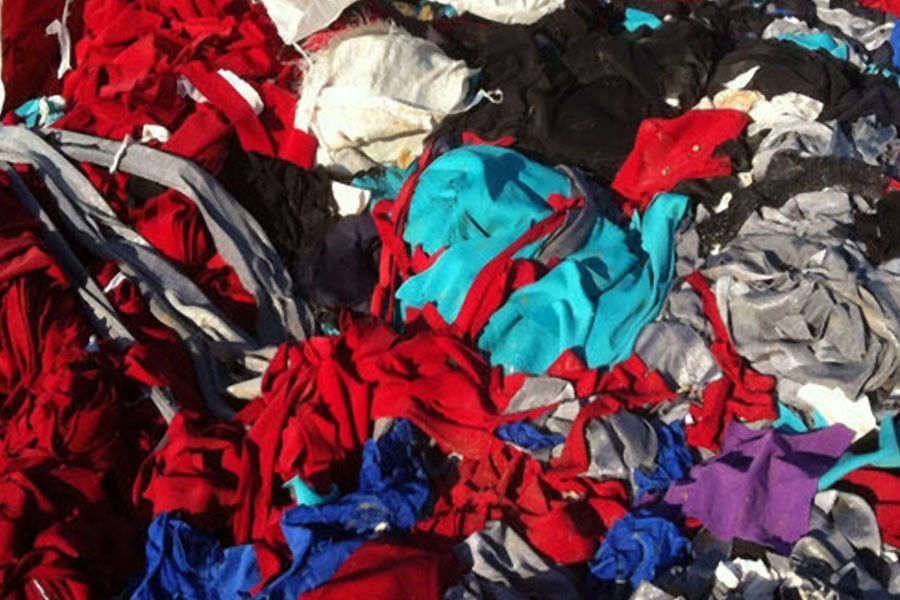Bangladesh produced 1,000 tonnes of textile waste in a year, until November this year, amounting to potentially a billion dollar worth of recycled textile, said a new global report.
The new analysis showcased a strong case for other markets including Vietnam, Turkey, India, Malaysia and Indonesia, claiming there is a $4.5 billion worth of opportunity of recycling textile.
Bangladesh is expected to produce an estimated 200 tonnes of textile waste per month by the end of 2021, which the study, Circular Fashion Partnership by Global Fashion Agenda (GFA), called a significant achievement in the context of the global pandemic.
The report also highlights the actions needed to overcome the barriers to scaling systems, including formalising the informal waste management sector, providing alternatives to current used-cases for textile waste and assuring the supply of quality feedstock and demand for recycling output.
Federica Marchionni, CEO, GFA, said: “This research proves that the necessary recycling technologies exist, deliver huge improvements in environmental impact and that the economics work at scale.
“The challenge is providing conditions for scaling. With sufficient investment, supportive policies, and by enabling pre-competitive collaborations, I am optimistic that we can create a profitable circular system and accelerate fashion’s journey to net zero.”
Bangladesh garments industry has shown resilience even during the Covid pandemic and is gaining momentum, said Faiyaz Murshid Kazi, Director General of the foreign ministry's wing for west Europe and EU.
Mr Faiyaz highlighted some challenges in incorporating the study suggestion in the country. He, however, said the government will take the findings positively to further nourishment of the sector.
The report titled "There is huge economic potential to scale this model beyond Bangladesh," published virtually on Monday, added that less than 1.0 per cent of the material used to produce clothing is recycled into new clothing, representing a loss of more than $100 billion worth of materials each year.
In the aftermath of COP26, GFA, the leading non-profit for industry collaboration on sustainability in fashion, and its Strategic Knowledge Partner, McKinsey & Company, published Scaling Circularity – a new report which reveals the opportunities and investment required to scale circular fashion systems.
The report added that the fashion industry could become 80 per cent circular by 2030 if there is increased investment in existing recycling technologies and infrastructures.
The findings are based on independent analysis and learnings from the Circular Fashion Partnership in Bangladesh - a cross-sectoral project to scale post-industrial recycling and capture textile value domestically in Bangladesh - one of the largest garment producing countries in the world.
In order to deliver the 2030 scenario, it estimated that $5.0-7.0 billion investment is needed by 2026. The shift also requires increased confidence in the business case, calling for greater transparency of the demand for recycled output and the consistent supply of traceable high-quality feedstock.
The clothing and textile industry accounts for 4.0 per cent of global carbon dioxide emissions, equivalent to the emissions of France, Germany and UK combined, and material production is the largest polluter within the value chain – accounting for 70 per cent of fashion’s greenhouse gas (GHG) emissions.
Scaling Circularity modelled the potential for scaling textile recycling across the full value chain in 2035 based on existing technologies.
The analysis also indicated that major recycling technologies deliver better environmental outcomes across GHG emissions, water depletion and land use.


